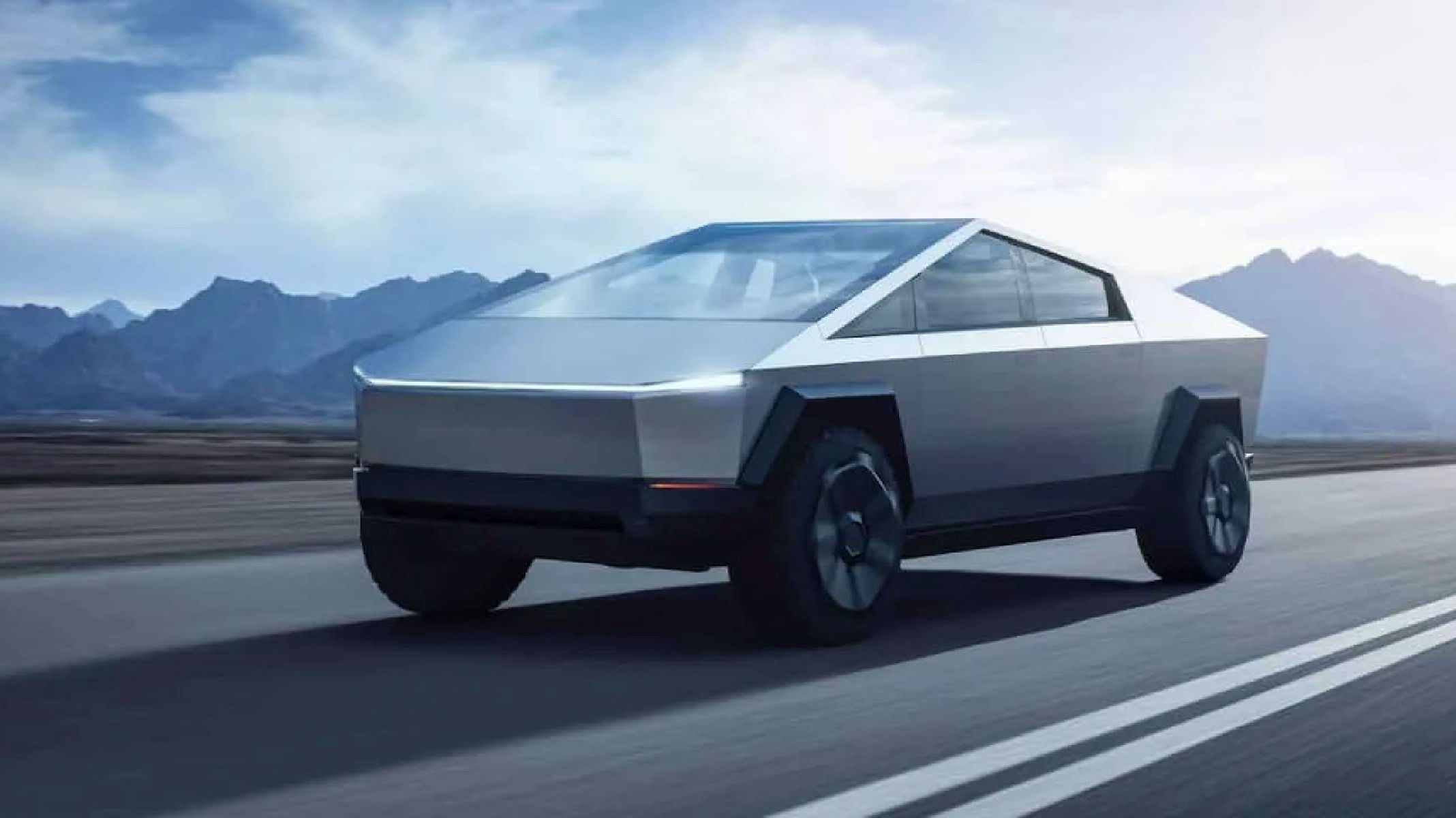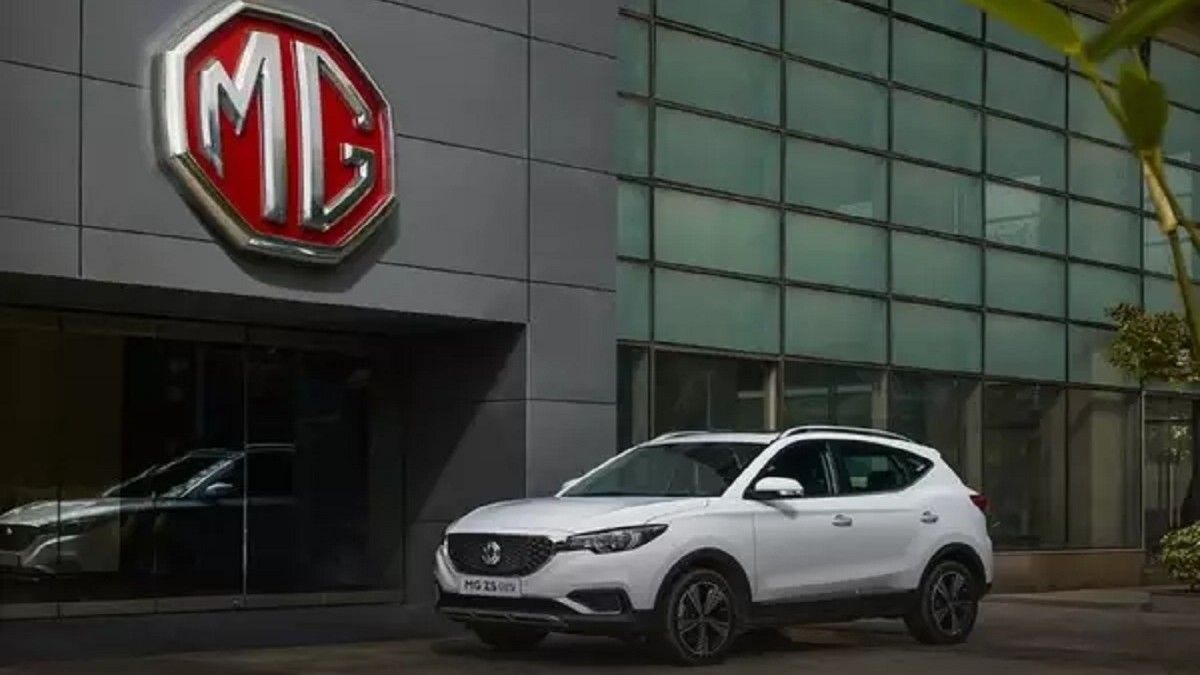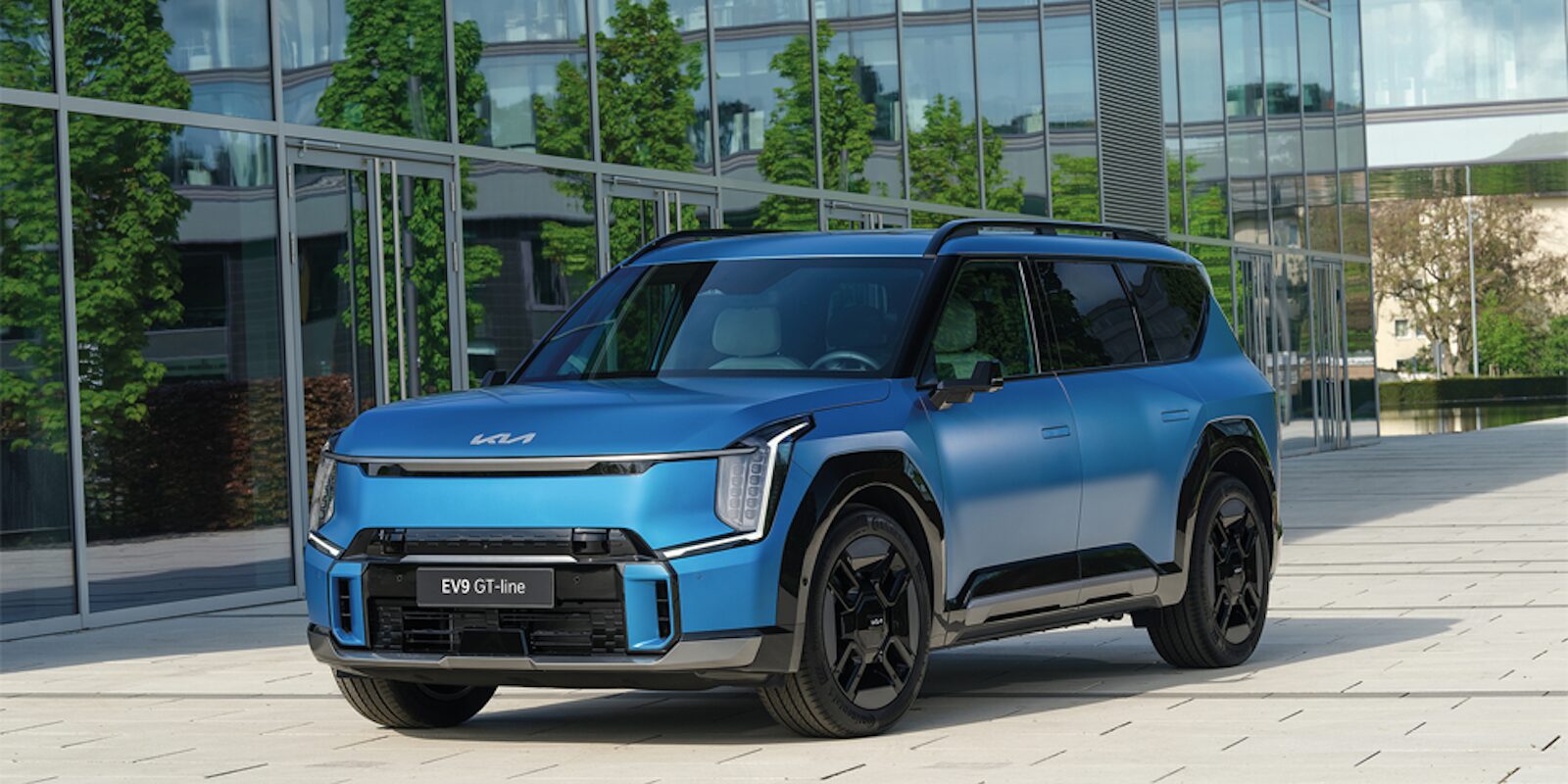Table of Contents
The rise of electric vehicles in India has been a hot topic in recent years, with the government pushing for increased adoption of these vehicles in an effort to reduce carbon emissions and improve energy access. One of the major concerns for consumers considering the switch to electric cars is the cost, specifically the total cost of ownership compared to traditional gasoline cars.
In this blog post, we will take a closer look at the cost of going electric in India, comparing the total cost of ownership of electric cars to traditional cars.
The cost of purchasing Electric Cars Compared to Traditional Cars
First, let’s take a look at the initial cost of purchasing an electric car in India. According to the Society of Manufacturers of Electric Vehicles (SMEV), the average price of an electric car in India is around Rs. 15-20 lakhs (approximately $20,000-$27,000 USD).
This is significantly higher than the average price of a traditional gasoline car in India, which is around Rs. 5-10 lakhs (approximately $7,000-$13,000 USD). However, it’s important to note that the initial cost of an electric car includes the cost of the battery, which is the most expensive component of the vehicle.
Despite the higher initial cost, electric cars can save consumers money in the long run through lower operating costs. One of the biggest cost savings for electric car owners is fuel costs. According to the Central Electricity Authority, the cost of electricity in India is around Rs. 5 per kilowatt-hour (approximately $0.07 USD).
This is significantly cheaper than the cost of gasoline, which is around Rs. 70-80 per liter (approximately $1-$1.10 USD). Additionally, electric cars require less maintenance than traditional gasoline cars, further reducing the total cost of ownership.
The FAME India Scheme
The government of India is also taking steps to make electric cars more affordable for consumers. In order to promote the adoption of electric cars, the government has implemented various incentives and policies. For example, the FAME India scheme offers a subsidy of up to Rs. 1.5 lakhs (approximately $2,000 USD) on the purchase of electric cars. Additionally, the government has implemented tax exemptions on electric cars, further reducing the overall cost.
Availability of Electric Vehicle Charging Stations
However, it’s important to note that the availability of charging infrastructure in India is still a major concern for consumers considering the switch to electric cars. According to the Central Electricity Authority, there are currently around 1,800 charging stations in India, with around 600 of them being public charging stations.
This is still a small number compared to the number of gasoline stations in India, which is around 55,000. The lack of charging infrastructure is a major concern for consumers, as it can make it difficult for them to charge their electric cars while on long trips.

Despite the lack of charging infrastructure, the government is taking steps to improve the availability of charging stations in India. The government has set a target of installing 30,000 charging stations across the country by 2030. Additionally, various private companies have also started to invest in the development of charging infrastructure in India. For example, Tata Power has set a target of installing 1,000 charging stations across India by 2022.
Another cost-saving aspect of electric cars in India is the lower maintenance costs. Electric cars have fewer moving parts compared to traditional gasoline cars, which means less wear and tear and less maintenance required. Additionally, electric cars don’t require oil changes, which can save consumers a significant amount of money over time.
In addition to the monetary savings, electric cars also offer environmental benefits. Electric cars produce zero emissions, which helps to reduce air pollution in cities and improve overall air quality. Additionally, electric cars can help to reduce India’s dependence on fossil fuels, which in turn can help to reduce the country’s carbon footprint and address climate change.
It’s worth noting that the cost of going electric in India is also influenced by the type of vehicle you choose. For example, a two-wheeler electric scooter or bike will cost significantly less than a four-wheeler electric car. This makes electric two-wheelers more accessible to a wider range of consumers, especially those who are looking for a more affordable and eco-friendly mode of transportation. More over electric scooters are more convinent for the indian roads.
The total cost of ownership (TCO) of Electric Cars and Traditional Cars in India:
| Category | Electric Cars | Traditional Cars |
|---|---|---|
| Initial Purchase Cost | Higher (₹10–15 lakh on average for mid-range EVs) | Lower (₹5–8 lakh for similar ICE models) |
| Running Cost (per km) | ₹1–2 (based on electricity rates) | ₹5–7 (based on fuel prices) |
| Maintenance Costs | Lower (fewer moving parts, no oil changes) | Higher (engine servicing, oil changes, etc.) |
| Battery Replacement Cost | ₹3–7 lakh (occurs after 7–10 years) | Not applicable |
| Incentives/Subsidies | Available (FAME II, state subsidies) | Not applicable |
| Fuel/Charging Expense (Annual) | ₹12,000–15,000 (average 10,000 km/year) | ₹50,000–70,000 (based on petrol/diesel costs) |
| Environmental Impact | Zero tailpipe emissions | High emissions (CO2 and pollutants) |
| Depreciation Rate | Slightly higher due to evolving technology | Moderate |
| Resale Value | Improving with infrastructure development | Steady for established brands/models |
| Infrastructure | Limited charging networks, expanding gradually | Well-established fuel stations nationwide |
In conclusion, the cost of going electric in India is still higher than the cost of going traditional gasoline cars, but the cost gap is closing and the total cost of ownership of electric cars is becoming more affordable over time. The government of India is taking steps to make electric cars more affordable for consumers through incentives and policies.
Additionally, the cost of electricity in India is significantly cheaper than the cost of gasoline, further reducing the total cost of ownership of electric cars. Despite the lack of charging infrastructure in India, the government is taking steps to improve the availability of charging stations across the country. As the cost of electric cars continues to decrease and the availability of charging infrastructure improves, electric cars are becoming a more viable option for consumers in India.







